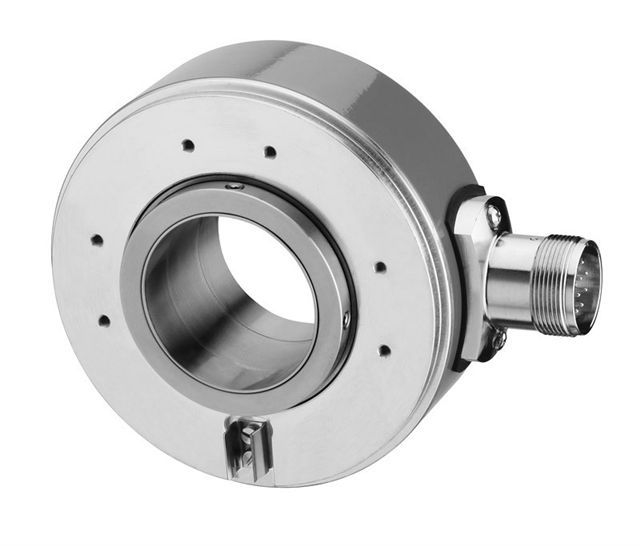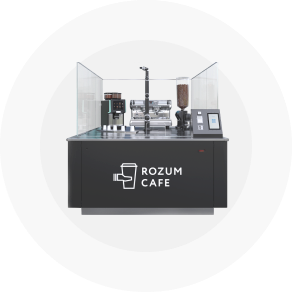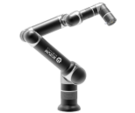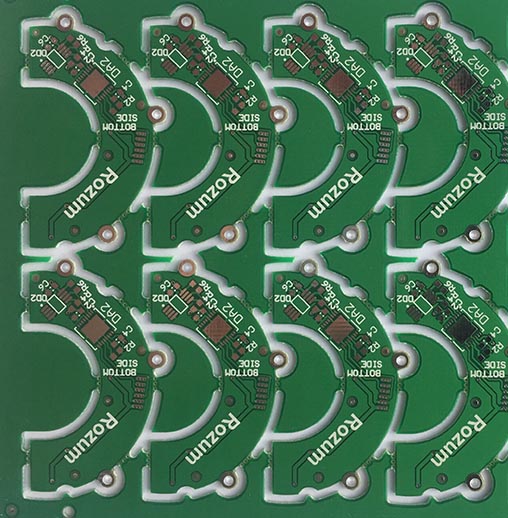Encoders
Rozum Robotics has created a closed-loop motion control system with two position encoders integrated into RDrive servo motors. In this system, a controller sends a command to a robotic joint and receives a feedback signal with position and speed data from the encoders.
The feedback sensors enable tracking the position or speed of the motor by converting mechanical motion into electrical signals and transmitting the signals to the controller (or another master device).
Incremental vs. absolute encoders
Based on the type of output, encoders can be either absolute or incremental. Devices of the incremental type report changes of the motor position without providing any feedback on where exactly the motor has moved. Absolute encoders indicate both the change of the motor position and the exact location of its position.
The RDrive servo motors use encoders of the absolute type
The output of an incremental encoder is a continuous series of pulses—phase-shifted square-wave signals. All measurements are referenced to a start point. To determine the motor position, one has to know where the point is and count the increments (pulses). The output of absolute encoders is a signal in digital bits, where each bit corresponds to a known position.
The RDrive servo motors use encoders of the absolute type. Such devices are resilient against power outages and signal interruptions because they require no referencing to a start point. You can read the exact motor position from the encoders immediately upon powering on. You will also find that the position information is retained when you power off as well 
Why magnetic encoders?
The magnetic sensing technology is just one of the many possible options for measuring. Encoders can also make measurements using optical, mechanical, inductive, or conductive sensing methods.
Magnetic encoders include the following basic components: a disk with strips of magnetized material, sensors, and a conditioning circuit. The sensors can monitor changes in voltage (Hall-effect devices), or in the magnetic field (magnetoresistive devices), and convert the resulting data to a sine wave. The conditioning circuit processes the sensor signals to produce an output in the required form
For Rozum Robotics, magnetic encoders had a number of obvious advantages:
- The devices can function in dirty and dusty environments and when exposed to other non-ferromagnetic contaminants
- The allowable air gap is up to 4mm
- They are resistant to heat, humidity, shock, and vibration.
- The encoders are compact, low-cost, and robust (require no casing for heavy-duty applications).
- The encoders have no moving parts.
- The devices can be adapted to fit a specific application
Our encoders are absolute and magnetic!
The position encoders integrated into the RDrive servo motors can boast an accuracy of 19 bits. One of the encoders monitors the angular motion and speed of the output shaft. The other provides feedback on the angular positions and speed of the rotor shaft.
The built-in magnetic encoders enable taking accurate position and speed measurements even in heavy-duty industrial applications. They are immune to temperature and humidity fluctuations, shock, vibration, and contaminants that are not ferromagnetic. In addition, the position feedback from the devices is available immediately upon powering up, even after an outage.
















